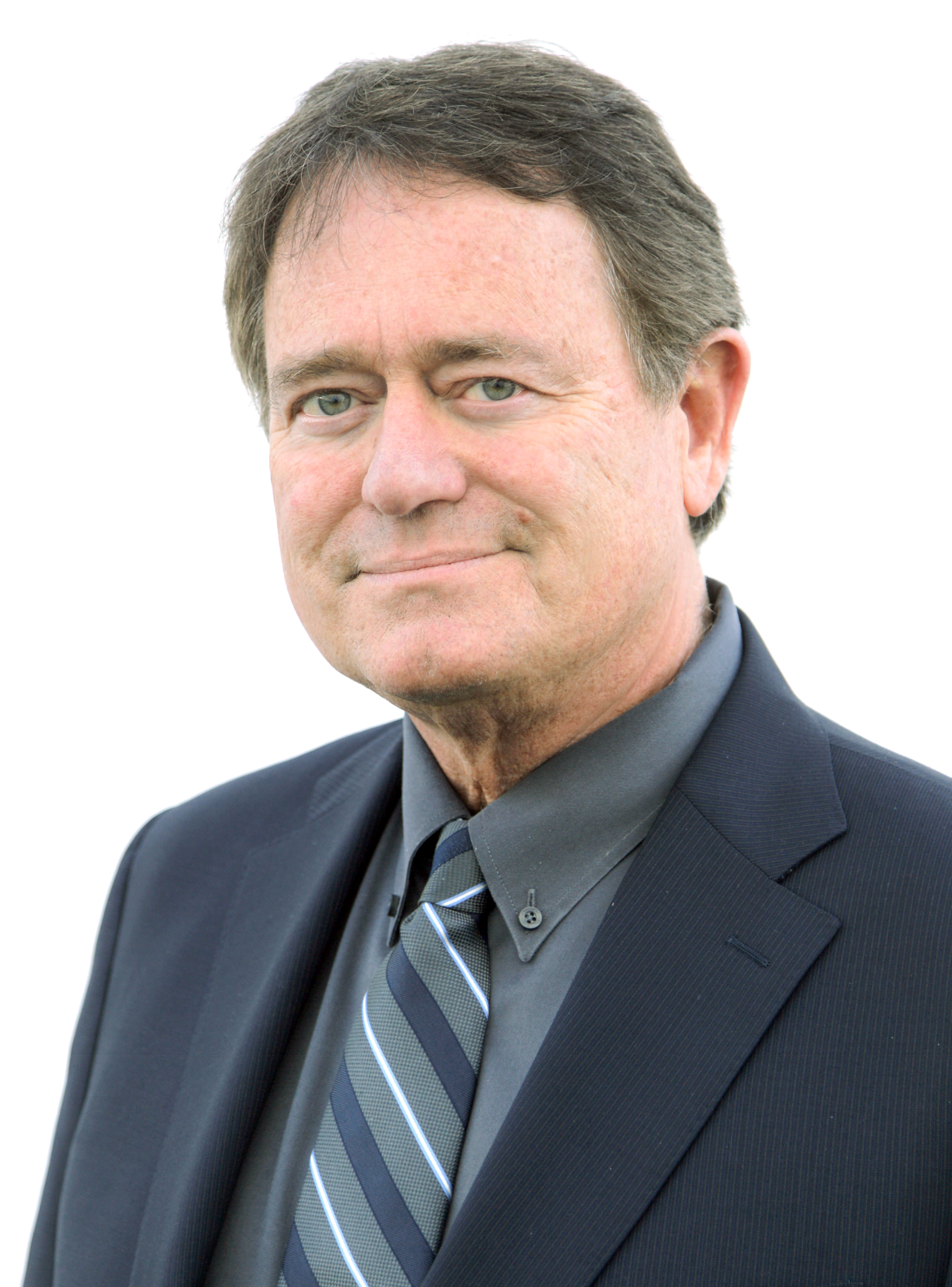Work on Digital ENG Communications Begins
The ATSC has begun work on defining the basic parameters for digital electronic newsgathering (D-ENG) communications systems. This work is being done in the Specialist Group on Digital ENG Communications (TSG/S3), under the leadership of Dane Ericksen of Hammett & Edison Consulting Engineers. Erickson is representing the Society of Broadcast Engineers (SBE) on the committee.
TSG/S3, under the supervision and direction of the parent Technology and Standards Group (TSG), will develop voluntary standards and, where applicable, associated recommended practices for private communications services between DTV station facilities and their associated crews (using a portion of the 8-VSB broadcast signal) and from an ENG receive site to an ENG crew (using one or more of the 40, 25- kHz data return link (DRL) channels created by the FCC in ET Docket 95-18 Third Report & Order). As with all other ATSC standards, wherever possible, the new specifications will build upon existing standards.
An important element of this activity includes liaison with various ATSC specialists groups, specifically with TSG/S8 (transport and multiplex) and TSG/S13 (data broadcasting).
TSG/S3, like most other ATSC specialist groups, conducts most of its meetings by teleconference to minimize the travel burden on participants. Draft documents and technical discussions typically take place on e-mail reflectors, giving all members of the group the opportunity to contribute to the work and offer their opinions on how the specifications should evolve.
WORK PLAN
Work within the Specialist Group on Digital ENG Communications will initially be focused on the following projects:
Development of a standard or recommended practice to facilitate remote ENG communications services from a DTV station to a remote ENG crew, utilizing the ATSC transport stream. This work will be based on input from the ATSC Planning Committee.
Development of a standard or recommended practice to facilitate return link communications from an ENG receive-only (ENG-RO) site and an originating ENG platform communicating with that ENG-RO site. This system will include signal identification and control system functionality.
Development of an emissions mask measurement recommended practice for DRL and BAS channels.
The work plan to accomplish these projects is still under discussion and review. However, it is hoped that both the ENG communications services specification and the ENG-RO specification will be ready for formal consideration as a candidate standard by late September. A candidate standard is a specification that has received significant review within a specialist group. Advancement of a document to candidate standard status is an explicit call to those outside the related specialist group for implementation and technical feedback.
This is the phase at which the specialist group is responsible for formally acquiring that experience, or at least defining the expectations of implementation. The parent technology group must approve advancement to candidate standard status. Candidate standards typically advance to proposed standards and finally to approved standards in a series of steps, which include votes--first, by the Technology and Standards Group, and second, by the full ATSC membership. If all goes as planned, the approved standards could be finalized by early next year.
Work on development of the emissions mask recommended practice is dependent on completion of the other two projects, and so it will follow sometime later.
REMOTE ENG
It is clear that broadcasters have a need for private communications between their DTV station facility and ENG crews that are equipped with ground-based and airborne ENG microwave systems. Current and future requirements include the following:
Interruptible foldback (IFB) and communications using voice-over-IP (VoIP) with defined quality of service (QoS).
Network access to newsroom management systems, e-mail, file transfers and Internet access.
Remote vehicle location data (GPS) to the station (via the incoming ENG signal) and return acknowledgement (via the broadcast DTV signal or a DRL channel).
Metadata to/from the station to the newsroom production systems.
Remote control of various types of equipment.
The developmental focus of ATSC will be on utilization of the DTV signal to provide communications to the remote vehicle. Standardization of communications from the vehicle to the DTV station will be by reference to other specifications.
ENG-RO BACKGROUND
As mentioned earlier, when the FCC adopted the SBE suggestion to create two 500 kHz DRL bands at the lower and upper edges of the re-farmed 2,025-2,110 MHz TV BAS band, a total of 40 25-kHz DRL channels were created--20 each in the lower and upper DRL bands. These channels will allow a feedback or return link to be established from an ENG-RO site to an originating TV pickup station (usually an ENG truck). The link would allow automatic transmitter power control (ATPC) by ENG trucks and a more efficient usage of the seven 2 GHz TV BAS channels.
However, the FCC did not adopt any new technical or operating rules for DRL channels. There is accordingly a need for documentation to be developed, with the expected end result being a voluntary standard on DRL channel systems.
Time is of the essence for broadcasters and the manufacturers of 2 GHz TV BAS radios to put the DRL channels to good use. But first, all need to agree on the basic technical standards, protocols/signaling and certain operational issues. Priority issues that need to be resolved include:
Basic system parameters, such as modulation type, occupied bandwidth, EIRP, emission mask and frequency stability.
Protocols and signaling. It is expected that established communications protocols will be used--applied or modified as necessary to accomplish this task.
Operational issues, such as the form and type of data transmitted, priority of messages and station identification.
BECOME INVOLVED
ATSC specialist groups are open to all individuals and organizations with a direct and material interest in the work. If you would like to contribute to this effort, please contact Dane Ericksen at dericksen@h-e.com or the author directly.
Get the TV Tech Newsletter
The professional video industry's #1 source for news, trends and product and tech information. Sign up below.

